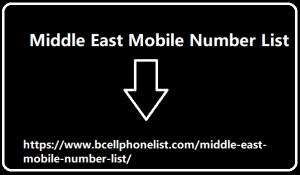|
|
This includes images, videos, carousels, collections, and more. Google Ads: Google Ads has different ad formats, such as text ads on Search, image ads on the Display Network, video ads on YouTube, and mobile app ads. There is also Instagram ads. Search intent: Facebook-Ads Facebook Ads: In Facebook Ads, you can reach people based on their interests and behaviors, even if they aren't necessarily actively searching for a product or service. Google Ads: Google Ads is highly effective for reaching people who have a specific search intent, as your ads appear when users search for keywords related to your products or services, even advertising on Facebook.
Measurement and optimization: Facebook Ads: Facebook Ads offers a variety of metrics and reports to track the performance of your campaigns , such as reach, engagement, conversions, and more. Google Ads: Google Ads provides detailed Middle East Mobile Number List metrics to track the performance of your ads, such as clicks, impressions, click-through rate (CTR), cost-per-click (CPC), and more. Points that influence the choice between strategy When choosing between Facebook Ads and Google Ads for your marketing strategy, there are several points that can influence your decision.

Here are some factors to consider: Marketing objectives Target audience type Ad formats Budget and cost Competitor analysis Testing and optimization Combining the two platforms optimizes results and allows for a more efficient strategy , with the exception of cases where the budget is limited to invest in just one medium or when there is no audience on one of the two platforms. Advantages of investing in paid media and how a specialized agency can help maximize the results of this investment Investing in paid media offers several advantages to boost your digital marketing strategy such as targeted reach, increased visibility and traffic, control over budget and bids, metrics and measurement.
|
|